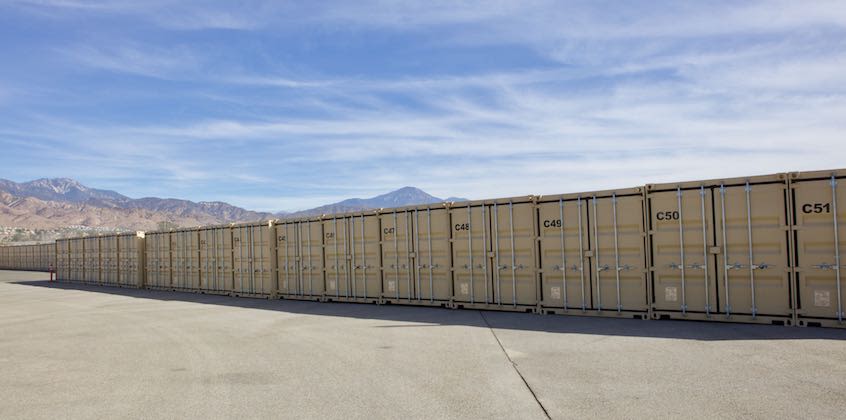10 More Storage Mistakes You’re Probably Making
We thought we’d covered it all last time, but it turns out there are more mistakes—10 more, to be precise—that you can make when storing your stuff in a storage unit. Don’t get us wrong; self storage is a convenient, affordable way to reduce clutter, make moving easier and keep your belongings safe and secure, but if you’re renting your first storage unit, you might be making some mistakes without even realizing it.
For your educational benefit, here are 10 more storage mistakes you’re probably making.
1. Not Reading Your Self Storage Lease
Yes, leases are exceedingly boring documents. But if you skimmed yours and signed it, you probably missed out on a few things. A self storage lease can help you understand the fees you might expect, whether or not you need self storage insurance and how much notice you need to give before moving out. If a deep reading of the entire lease puts you to sleep, at least scan the document for these 10 things.
2. Using the Wrong Lock
Remember the time someone stole your bike by cutting the cable lock, and then all of your friends were like, “Told you that you should’ve used a u-lock.”? The right self storage lock is kind of like that (only with less condescension). If you’re using a padlock, it’s time to upgrade to a disc lock. It’s much more secure.
3. Failing to Defrost a Fridge Before Storing It
If you have to store a fridge, here are two things you should know: 1) They’re really heavy and annoying to move and 2) You absolutely must defrost it correctly. It actually takes about seven days to properly defrost and prepare a fridge before putting it into a storage unit. Follow these steps and everyone at your storage facility will love you forever.
4. Storing Prohibited Items
You’re not a dummy. You already know that you can’t store live animals, fireworks or perishable food, but that doesn’t mean you shouldn’t read the list of items that your storage facility prohibits. You might be surprised to learn that some storage facilities prohibited items like fur, family heirlooms and canned goods.
5. Letting Your Vehicle’s Battery Die in Storage
Whether you’re storing a car, an RV or some other vehicle, your battery is at risk if not properly cared for. There are three options for avoiding a dead battery. You can drop by the storage facility on a regular basis and drive your vehicle around (admittedly not the most convenient option). You can remove the battery before storing your vehicle. Or you can purchase a trickle charger to provide your vehicle’s battery with a slow supply of charge that will prevent it from dying. And hey, a trickle charger only costs like $10. That’s definitely cheaper than jumper cables.
6. Not Looking for Discounts
Don’t just rent the first storage unit you find. Look for discounts. The typical self storage discount is $1 for your first month, but you can find other discounts besides that. Look for military or student discounts if either one of those applies to you, and follow storage facilities in your area on social media to learn about online discounts and seasonal promotions.
7. Forgetting to Create an Aisle in Your Storage Unit
Ugh. You filled your storage unit to the brim and put the most important box of stuff way, way in the back and now you can’t get to it. This problem could have totally been avoided if you had created an aisle in your storage unit for easy access. Store smarter next time and those quick trips to your storage unit to grab that one thing will be even quicker.
8. Foregoing Climate Control
So you’ve heard that climate control adds about 25% to your storage unit rent and you really, really want to save that 25%. But if you’re storing items that are sensitive to extreme temperatures and high humidity or lack thereof, you could be costing yourself money in damaged property. If you’re storing electronics, leather furniture, musical instruments, antiques, artwork or any of the items mentioned here, you need climate controlled storage.
9. Storing Items at the Wrong Angle
PSA: Most items should be stored in the position that they’d be kept in when in use. Your flat screen TV should be kept upright, just as it would be in your living room. Your mattress should be stored in the same position it would be in when you’re actually sleeping on it. Don’t store items at angles that can cause damage to them.




